Embark on a delectable journey with the Kruse and Muer bread recipe, a culinary masterpiece that weaves a captivating narrative of origins, flavors, and techniques. From its humble beginnings to its rise as a beloved staple, this bread holds a special place in the hearts of bakers and bread enthusiasts alike.
Unveiling the secrets behind its creation, we delve into the ingredients that orchestrate its unique symphony of flavors. With each step of the process, from kneading to baking, we unravel the techniques that transform simple ingredients into an extraordinary loaf.
Kruse and Muer Bread Recipe History

The Kruse and Muer bread recipe was developed in the late 19th century by two German bakers, August Kruse and Heinrich Muer. They owned a bakery in the town of Minden, Germany, and were known for their innovative baking techniques.
Origin of the Recipe
The story goes that Kruse and Muer were experimenting with different bread recipes when they accidentally added too much yeast to a batch of dough. The resulting bread was unusually light and fluffy, and the bakers were so impressed with it that they decided to perfect the recipe.
Development of the Recipe
Over the next few years, Kruse and Muer continued to refine their recipe, experimenting with different flours, yeasts, and baking methods. They eventually settled on a recipe that produced a bread that was light, fluffy, and had a slightly sweet flavor.
Popularity of the Recipe
The Kruse and Muer bread recipe quickly became popular in Germany and beyond. Bakers all over the world began to adopt the recipe, and it soon became one of the most popular bread recipes in the world.
Ingredients and Measurements
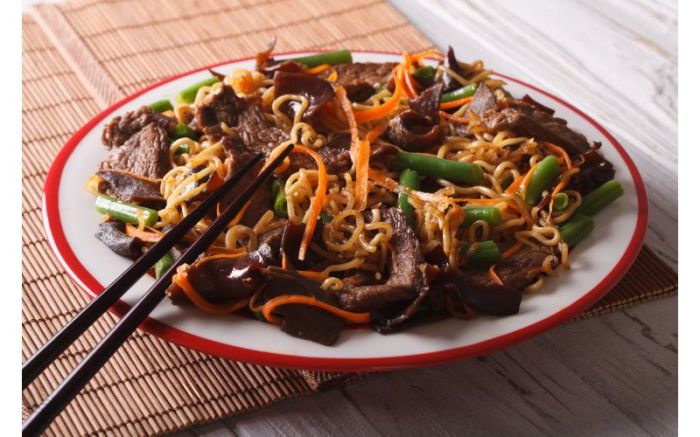
The Kruse and Muer bread recipe requires a specific combination of ingredients in precise measurements to achieve its unique flavor and texture. Here’s a detailed table listing all the ingredients and their exact quantities:
Ingredient Table
| Ingredient | Measurement |
|---|---|
| All-purpose flour | 3 cups |
| Whole wheat flour | 1 cup |
| Sugar | 1/4 cup |
| Salt | 1 teaspoon |
| Active dry yeast | 2 teaspoons |
| Warm water (105-115°F) | 1 1/2 cups |
| Unsalted butter (softened) | 2 tablespoons |
Step-by-Step s
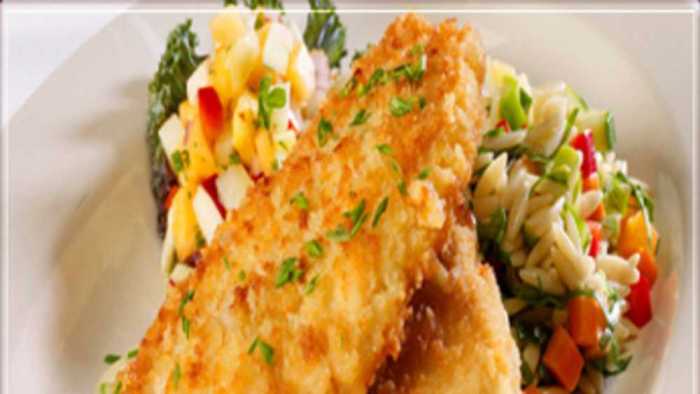
Preparing the Kruse and Muer bread dough is a straightforward process that requires patience and attention to detail. The steps involved are as follows:
Mixing and Kneading
- Combine the warm water, yeast, and sugar in a large bowl and let stand for 5 minutes, or until the yeast is foamy.
- Add the flour and salt to the bowl and stir until a dough forms.
- Turn the dough out onto a lightly floured surface and knead for 5-7 minutes, or until the dough is smooth and elastic.
Rising
Place the dough in a lightly oiled bowl, cover it with plastic wrap, and let it rise in a warm place for 1 hour, or until the dough has doubled in size.
Shaping
Once the dough has risen, punch it down to release the air bubbles. Divide the dough in half and shape it into two loaves.
Second Rising
Place the loaves on a baking sheet lined with parchment paper and let them rise for another 30 minutes, or until the loaves have almost doubled in size.
Baking
Preheat the oven to 450°F (230°C). Bake the loaves for 25-30 minutes, or until they are golden brown and sound hollow when tapped.
Baking Process
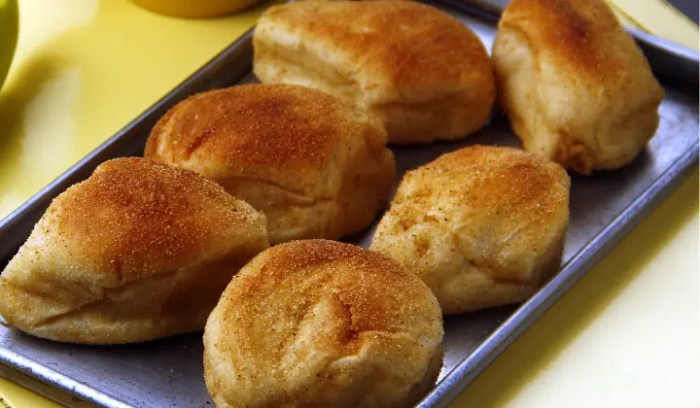
Baking Kruse and Muer bread requires precise temperature and timing to achieve its signature texture and flavor. The ideal baking temperature is between 450°F (230°C) to 475°F (246°C), which creates a crisp crust while ensuring the interior is thoroughly cooked.
If you’re baking the delicious Kruse and Muer bread, don’t forget that it pairs wonderfully with a lateral facial bones x ray . This x-ray can provide valuable insights into the structure of your face, ensuring a perfect smile to complement your homemade bread.
Preheating the Oven
Preheating the oven is crucial for even baking. The high initial temperature creates a burst of steam that helps the bread rise quickly, resulting in a taller loaf with a well-developed crust. Allow the oven to reach the desired temperature for at least 30 minutes before placing the bread inside.
Golden-Brown Crust, Kruse and muer bread recipe
To achieve a golden-brown crust, consider the following tips:
- Steam injection:Adding a small amount of water to the oven during the first 10-15 minutes of baking creates steam, which promotes crust development.
- Egg wash:Brushing the loaf with an egg wash (a mixture of egg and water) before baking adds a shiny, golden color to the crust.
- Scoring:Slashing the top of the loaf with a sharp knife before baking allows the bread to expand evenly and prevents the crust from tearing.
Serving Suggestions
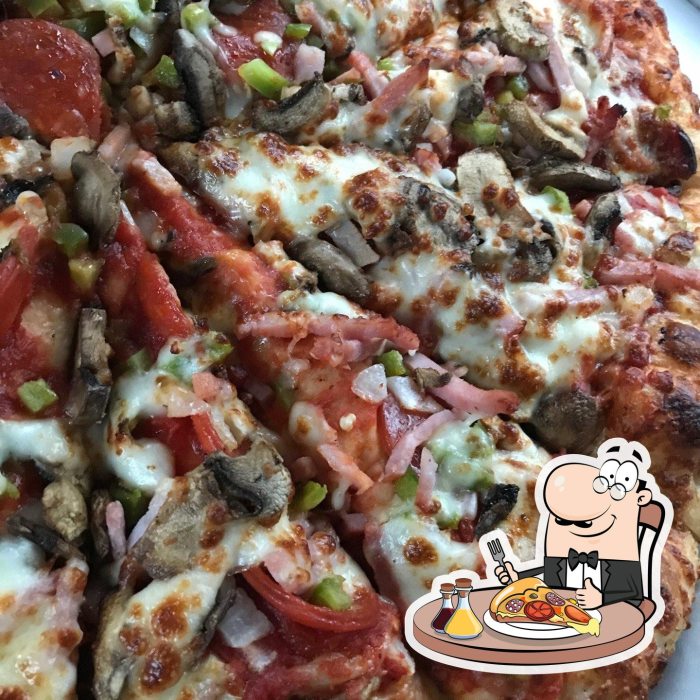
Kruse and Muer bread is a versatile bread that can be enjoyed in various ways. Its slightly sweet and nutty flavor complements a wide range of accompaniments and dishes.
Spread it with butter, jam, or honey for a simple and satisfying snack or breakfast. You can also top it with sliced cheese, such as cheddar or Swiss, for a savory option.
As a Side Dish
Kruse and Muer bread makes an excellent side dish for soups, stews, and casseroles. Its dense texture and nutty flavor can balance out the richness of these dishes.
In Sandwiches
Use Kruse and Muer bread to create hearty and flavorful sandwiches. It pairs well with grilled meats, roasted vegetables, and cheeses. Its slightly sweet flavor adds a unique twist to classic sandwich combinations.
Variations and Adaptations
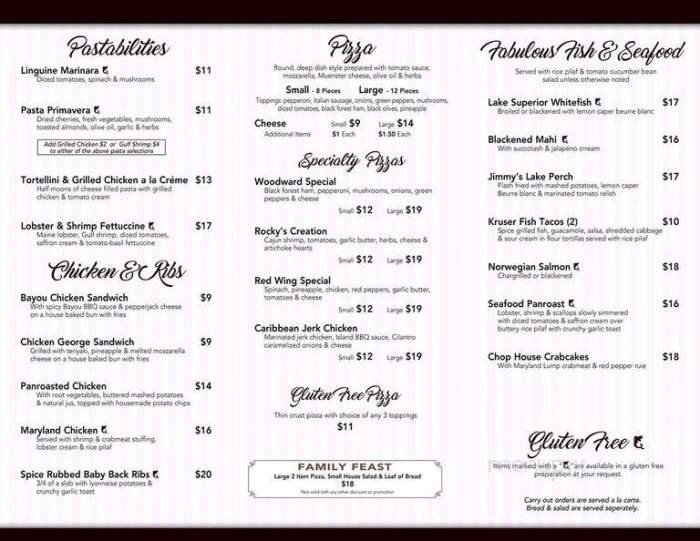
The classic Kruse and Muer bread recipe is a versatile base that can be adapted to suit various tastes and dietary needs. Experimenting with different flour types, add-ins, and toppings can create unique variations of this beloved bread.
Flour Variations
Substituting all-purpose flour with whole wheat flour or rye flour adds a nutty flavor and increased fiber content. For a gluten-free option, a blend of almond flour, coconut flour, and tapioca starch can be used.
Add-Ins and Toppings
Incorporating ingredients like chopped nuts, seeds, dried fruits, or grated vegetables into the dough adds texture and flavor. Toppings such as sesame seeds, poppy seeds, or a sprinkle of coarse salt enhance the appearance and taste.
Dietary Adaptations
For a vegan version, replace the milk with plant-based milk and use a flax egg (1 tbsp ground flaxseed mixed with 3 tbsp water) instead of a regular egg. To make the bread dairy-free, substitute butter with vegan butter or coconut oil.
Frequently Asked Questions: Kruse And Muer Bread Recipe
What is the origin of the Kruse and Muer bread recipe?
The Kruse and Muer bread recipe originated in Germany in the early 20th century, created by two passionate bakers named Heinrich Kruse and Otto Muer.
What are the key ingredients in the Kruse and Muer bread recipe?
The key ingredients include flour, water, salt, yeast, and a sourdough starter, which gives the bread its distinctive tangy flavor.
What is the ideal baking temperature for Kruse and Muer bread?
The ideal baking temperature is 450°F (230°C) for the first 15 minutes, then reduced to 400°F (200°C) for the remaining baking time.